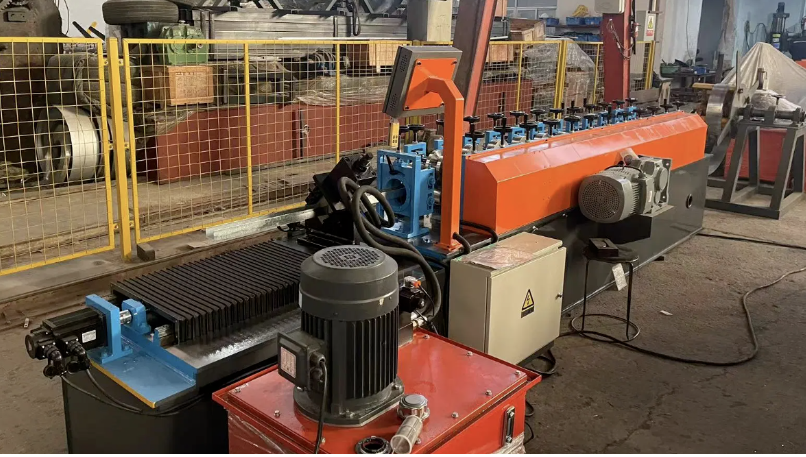
Posted on Sunday, October 6, 2024
The lifespan of a roll forming machine can vary widely based on several factors, including the machine's quality, the materials used, the operating environment, and the level of maintenance. Generally, here are key considerations regarding the lifespan and maintenance of roll forming machines:
To maximize the lifespan of a roll forming machine, regular maintenance is crucial. Here are some essential maintenance tips:
By understanding the expected lifespan and committing to regular maintenance, potential buyers and users can make informed decisions regarding their investment in roll forming machines. Investing in high-quality machinery and adhering to a robust maintenance schedule can significantly extend the operational life of the equipment, providing better returns and efficiency in production.
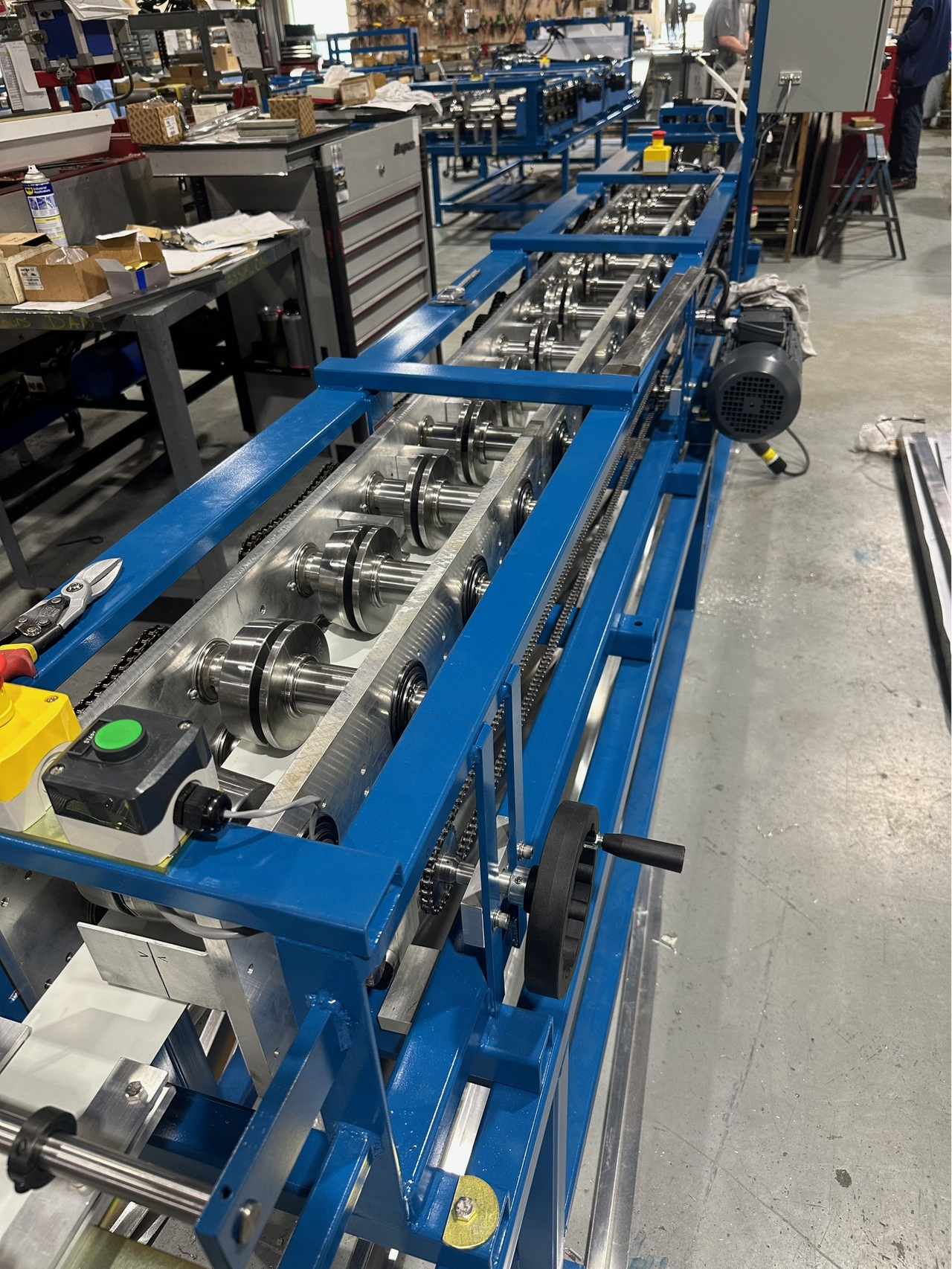
Most Popular Roll Forming Machines in the United Kingdom
Posted on Thursday, December 11, 2025
This blog breaks down the five most in-demand roll forming machines in the UK
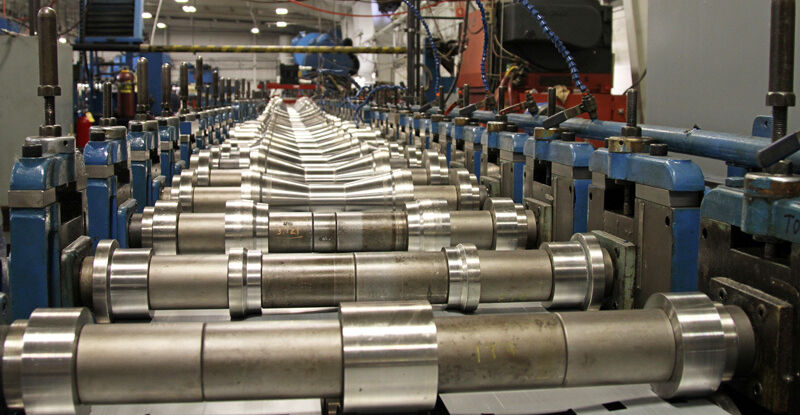
Can I Finance a Roll Forming Machine?
Posted on Thursday, December 11, 2025
Financing a roll forming machine is easier than most buyers think. Here’s how leases, loans, and payment plans make production affordable.
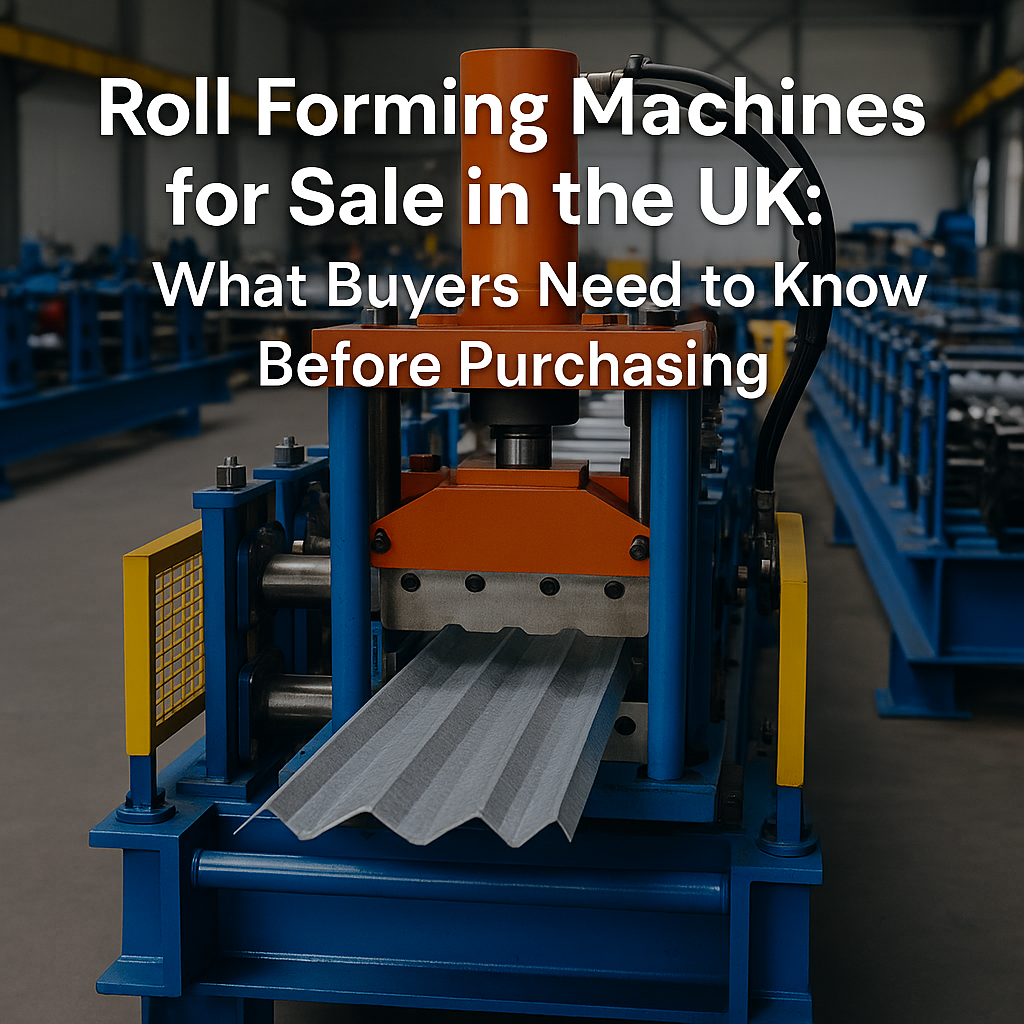
Roll Forming Machines for Sale in the UK: What Buyers Need to Know Before Purchasing
Posted on Thursday, December 11, 2025
This complete guide explains everything UK buyers must know before purchasing, including machine types, voltage requirements, CE/UKCA compliance
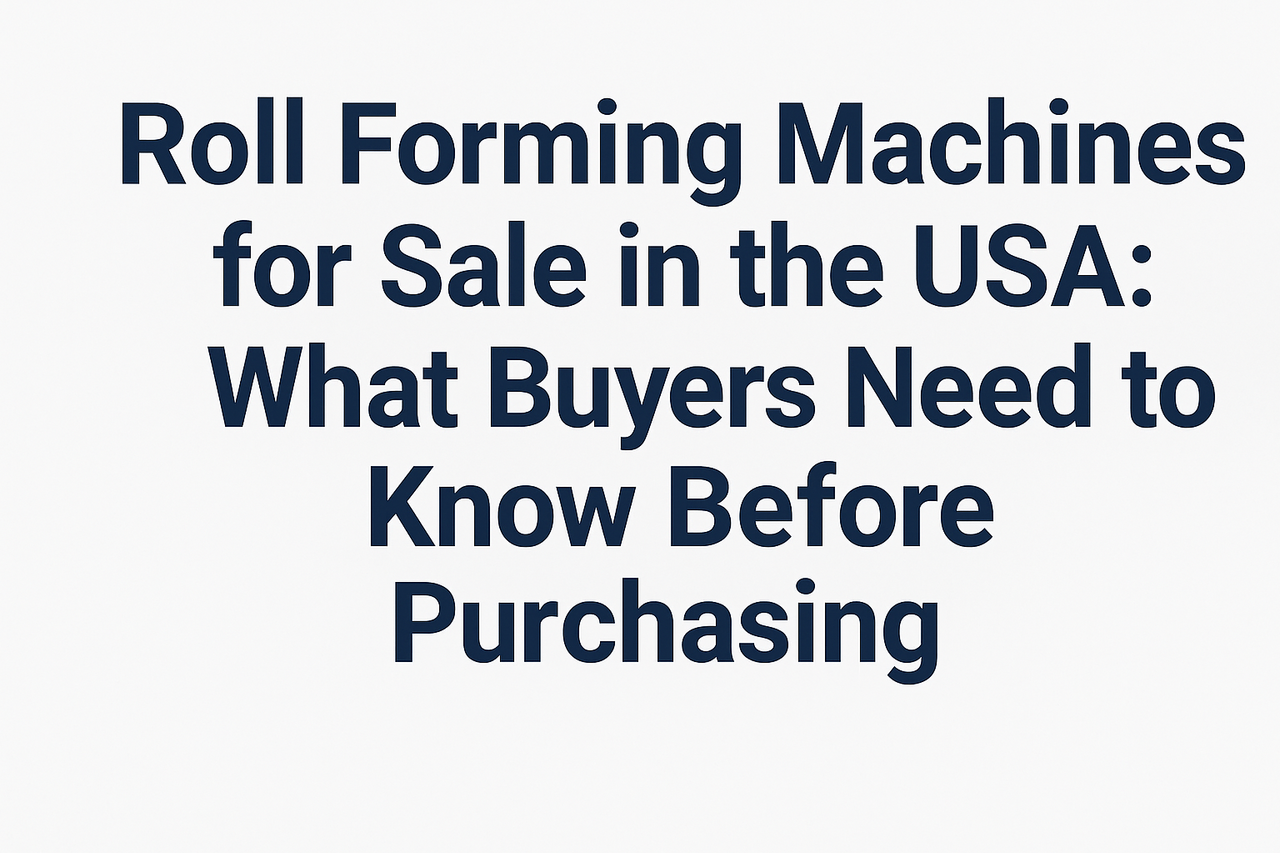
Roll Forming Machines for Sale in the USA: What Buyers Need to Know Before Purchasing
Posted on Wednesday, December 10, 2025
This guide explains everything U.S. buyers need to know before purchasing a roll forming machine, including machine types, pricing, voltage
Copyright 2025 © Machine Matcher.